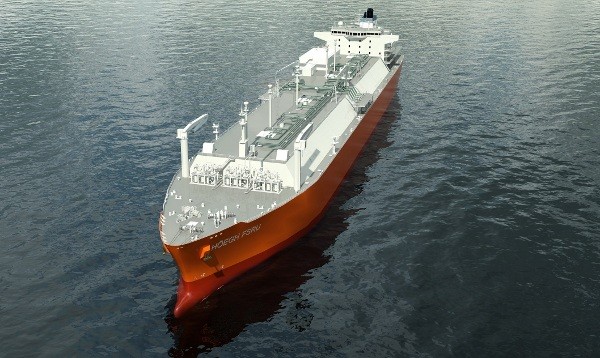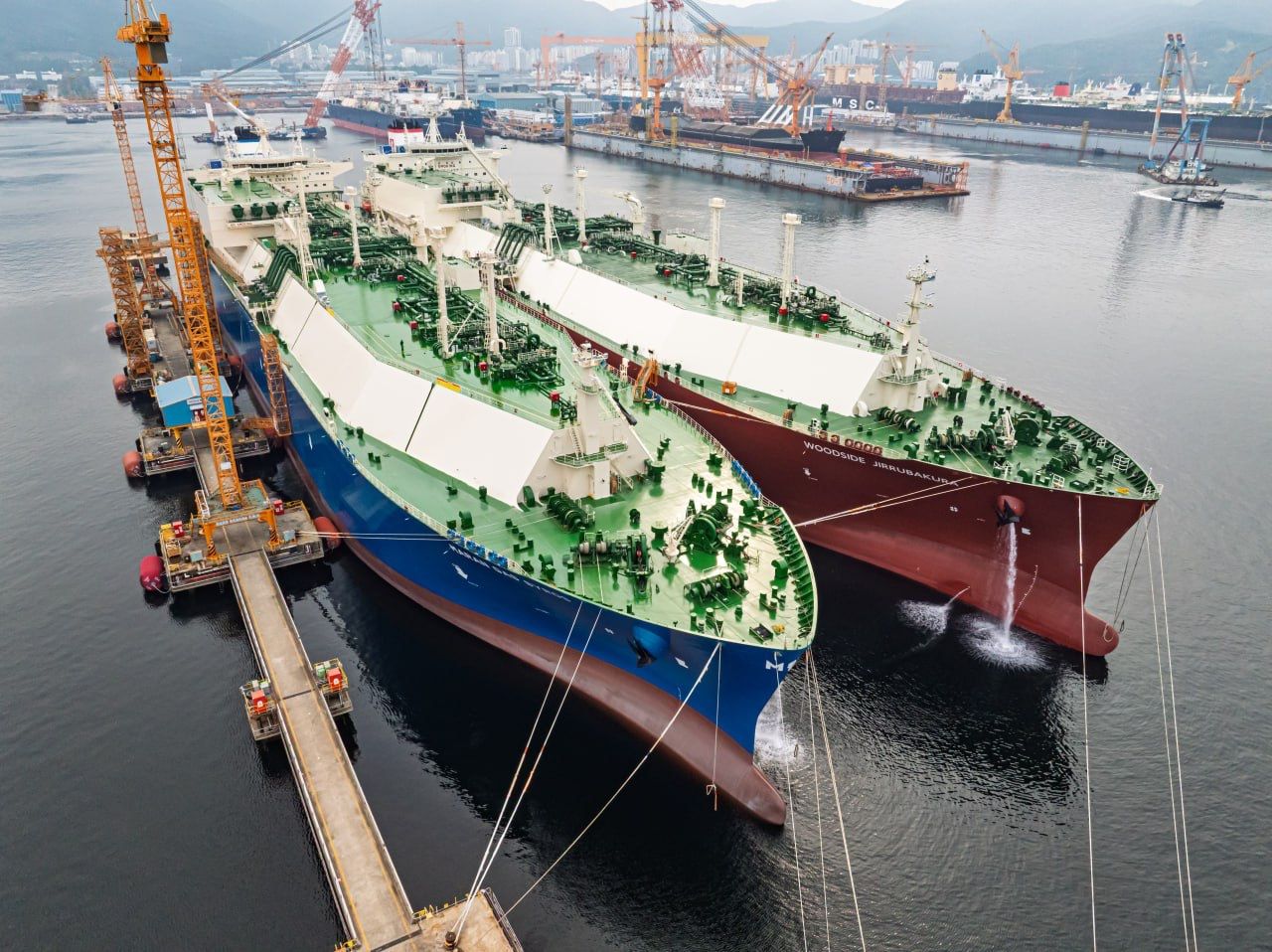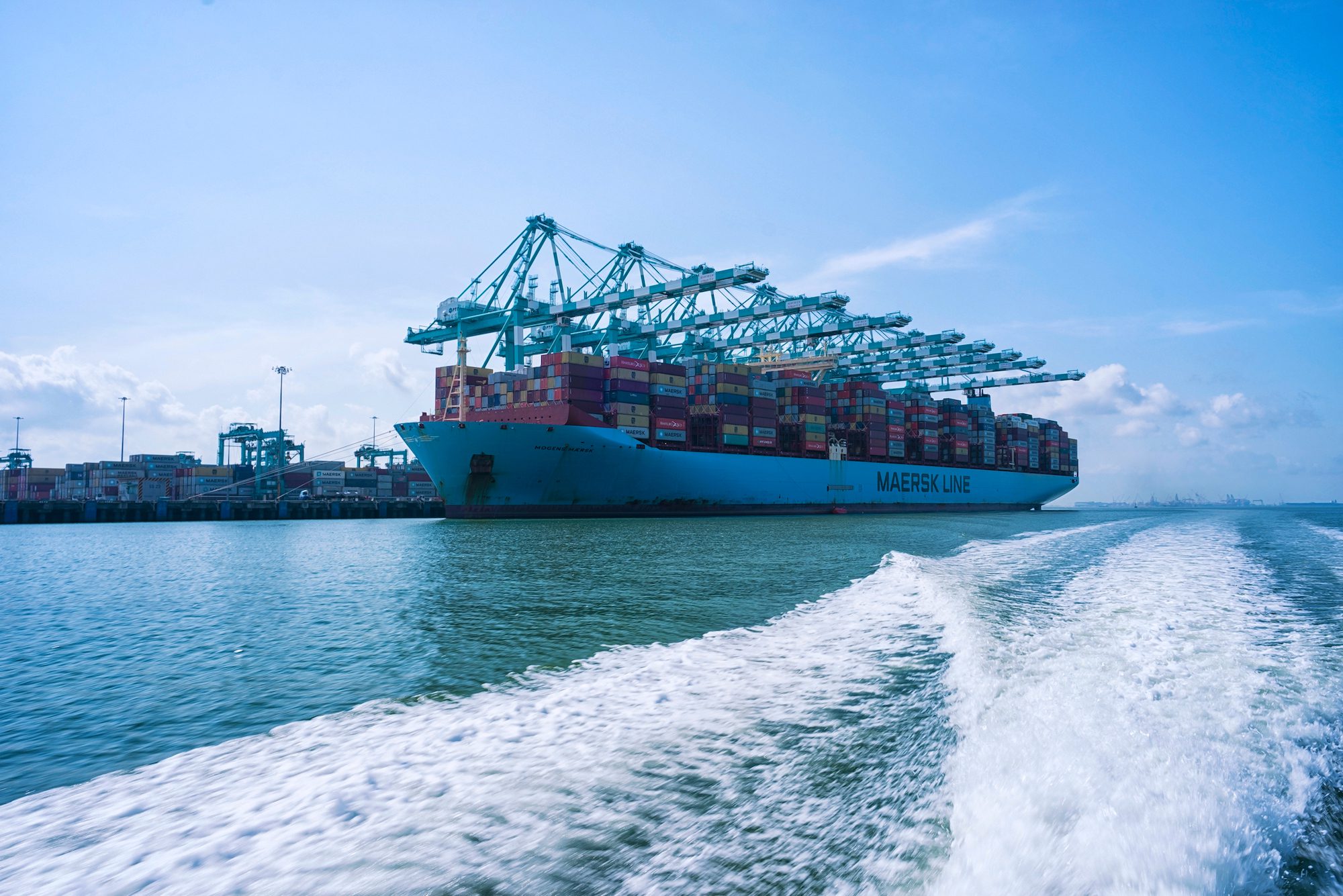Höegh LNG FSRU, Rendering via Höegh LNG
The pieces of the puzzle are starting to come together for Delfin LNG LLC, a company that has plans to develop a floating LNG liquefaction export terminal off the coast of Cameron Parish, Louisiana.
Yesterday, the company signed a non-binding memorandum of understanding with Lithuanian energy company Litgas to supply LNG to the country’s import terminal in Klaipeda, an FSRU that is on a 10-year charter from Höegh LNG.
Höegh LNG signed an agreement today with Delfin to support the front end of that equation with a floating natural gas liquefaction export terminal which the company says is “positioned to be the first floating deepwater liquefaction project in the United States.”
The Delfin LNG Deepwater Port project has four main parts:
- Newly built onshore gas compression on existing site (brownfield)
- The use of an existing 42-inch pipeline to transport natural gas offshore
- The offshore port complex comprised of four moorings
- Four floating LNG vessels (FLNGVs) with an initial total export capacity of 8 million metric tonnes per year, that could be expanded to 13 million metric tonnes per year if market conditions warrant and pending any necessary regulatory review or approval
Höegh LNG will act as a co-owner, owner’s engineer and operator of the four floating liquefaction vessels.
“In an unpredictable and dynamic energy market, floating liquefaction is an extremely attractive option for both producers and customers,” said Frederick Jones, President of Delfin. “Floating liquefaction is environmentally friendly, cost competitive, economical with limited scale, moveable in the event of a hurricane, and has a shorter and more efficient schedule relative to an onshore plant. Furthermore, in the event global energy markets drastically change in the coming decades a floating liquefaction plant can be deployed in alternate locations, which provides floating liquefaction vessel owners the flexibility to be in a position to serve a more diverse pool of customers with shorter duration contracts.”
Subject to regulatory approval, the project will be constructed in phases and will have an ultimate LNG send out capacity of 13 million metric tonnes per annum.
Litgas notes that LNG projects already approved by U.S. authorities will increase global supply by 30 billion cubic meters per year by 2018, a number that reflects about 10 percent of current global LNG market. By comparison, the Baltic States consumes annually about 4 billion cubic meters. Industry sources say it is very unlikely all approved projects will be completed however.

 Join The Club
Join The Club











